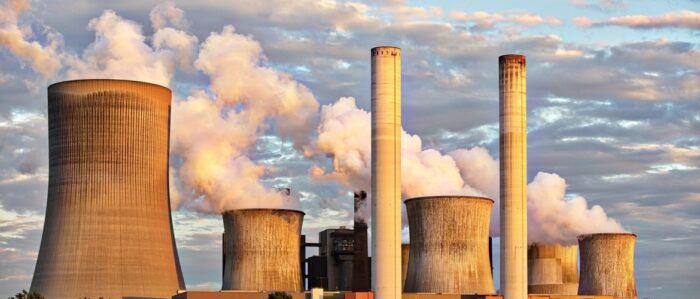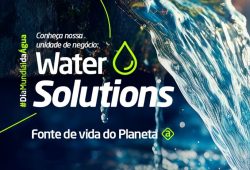Ambipar is concerned with sustainable development and is part of the Green Market

By Equipe de Redação
Posted in March 1, 2023

Every day industries around the world produce waste, which is the result of leftovers from their production. These leftovers require a specific type of disposal, which must be strictly controlled, as it can cause serious damage to the environment and public health.
For this disposal to be done properly, it is first necessary to identify which type of waste it is, since there are some differences between them. Therefore, in today’s post, we will explain how industrial waste is classified so that you can always be aware.
How are industrial waste classified?
For the classification of industrial waste, analyzes are carried out taking into account some characteristics that they may have in common. This classification was made by ABNT (Brazilian Association of Technical Standards), which created guidelines by NBR 10.004/04, considering aspects such as color, degree of heterogeneity, physical state, industrial activity, process of origin and main constituent.
Currently, waste is classified into 3 groups: class I (hazardous), class II A (non-inert) and class II B (inert). See now a little more about each of them.
– Class I (hazardous): Class I waste is considered hazardous, as it has properties that can cause serious problems for the environment and the population. Among these characteristics, we can mention flammability, toxicity, corrosivity and pathogenicity. They are found from materials present in everyday life, such as lubricating oil, cartridge and batteries to ink sludge from industrial painting.
– Class II A (non-inert): Class II A non-inert waste, on the other hand, does not contain waste considered hazardous, but which have characteristics such as combustion, solubility and biodegradability in water. Some examples of waste in this group are textile materials, glass fibers, plaster, PPE and others.
– Class II B (inert): Class II B residues are also not considered hazardous, and unlike class II A, they do not present any of their constituents solubilized in concentrations higher than the standards of potability of water, that is, they do not alter the potability of the water. In this group we can find scrap iron, steel or debris.
Ambipar – Commitment
Ambipar is concerned with sustainable development and is part of the Green Market, by using our Services your company adheres to this commitment that has been growing exponentially, bringing innumerable positive results for the visibility of your company before the increasingly concerned and demanding business market with the environment and your company.




